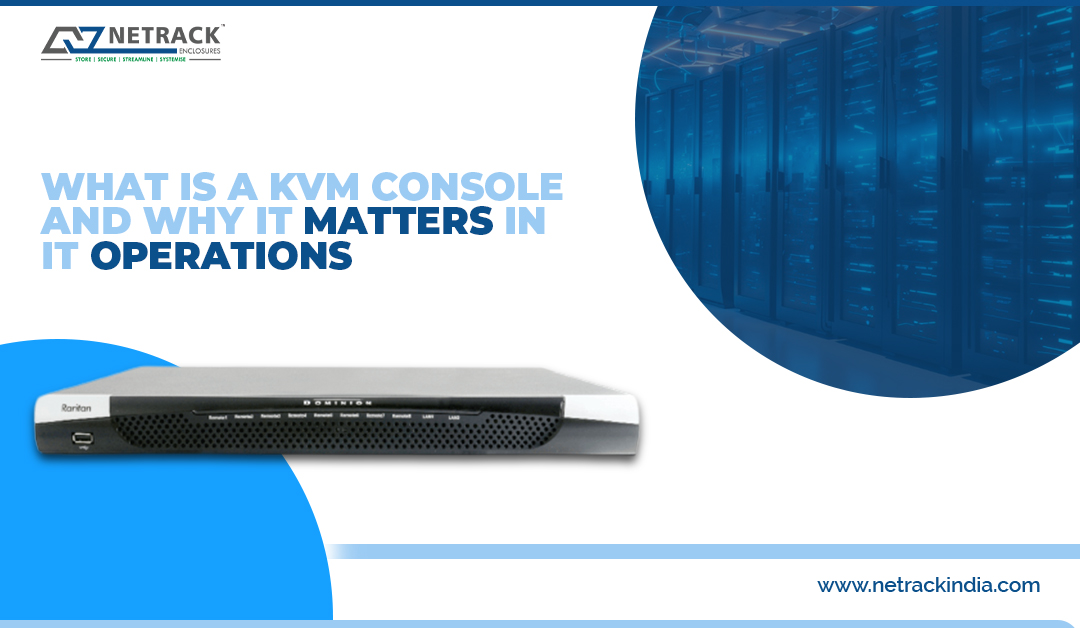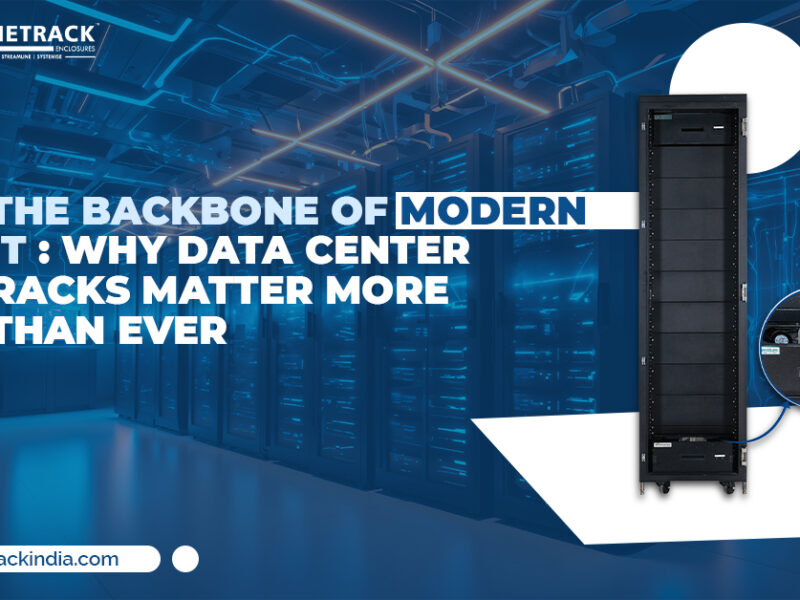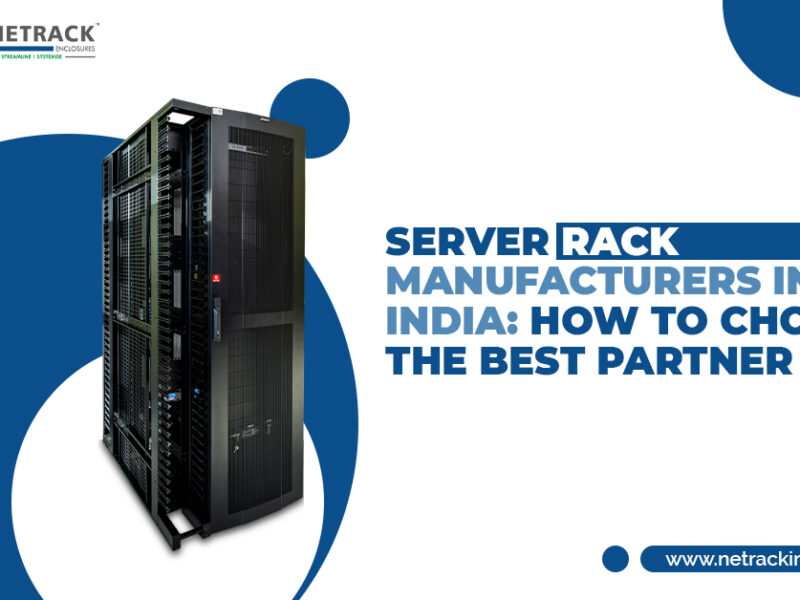
What is a KVM Console and Why It Matters in IT Operations
Tools that can host and manage servers are becoming critical with the evolving landscape of IT infrastructure. One such tool that has transformed countless data centers is the KVM console. Before one can determine its importance in the IT operations, it is important to understand what exactly a KVM console is. Let’s explore how enterprise-class solutions like Dominion® KX III are shaping the future of remote server management.
KVM stands for – Keyboard, Video, and Mouse. A KVM console is a hardware device that enables a user to control multiple computers or servers from a single set of – keyboard, monitor, and mouse. It is usually found in server rooms and data centers. It consolidates access to various systems – streamlining server management and reducing the physical hardware footprint. There are two types of KVM consoles.
- Local KVM Consoles which are installed physically within the data center – providing on-site access to servers.
- KVM-over-IP Consoles which offers remote access via a network connection – allowing administrators to manage servers from virtually anywhere in the world.
Why KVM consoles matter in IT operations
Netrack believes that be it routine maintenance, disaster recovery, compliance and auditing, data center or remote environment management – KVM consoles are a necessity.
Among the top KVM solutions in the market, the Dominion® KX III is robust. Hence, whether deployed as a standalone solution or integrated with a CommandCenter® Secure Gateway, it gives IT teams a flexible and secure platform to control their infrastructure.
1. Remote access to BIOS-level control
BIOS-level access is one of the most powerful features of modern KVM-over-IP consoles. This enables IT professionals to interact with servers during the boot process – troubleshoot startup errors or reinstall operating systems — all remotely. When a server hangs before the OS boots or needs a firmware upgrade, this capability becomes invaluable.
2. Centralized management for large infrastructures
As enterprises scale – without centralized control, managing hundreds or even thousands of servers can become a logistical nightmare. KVM solutions simplify this by consolidating access into a single interface. Paired with tools like – CommandCenter® Secure Gateway (CC-SG) – users can access and manage multiple Dominion® KX III switches and connected devices from one secure and unified dashboard.
3. Enhanced security and compliance
Security is paramount in IT operations – particularly for industries with strict compliance regulations. KVM consoles like – the Dominion® KX III come with features such as – smart card and CAC (Common Access Card) authentication, ensuring that only authorized personnel can access sensitive systems. The secure gateway setup also centralizes authentication and access control, making compliance audits easier.
4. Productivity and performance
With support for dual 1080p video sessions at 30 frames per second, the Dominion® KX III delivers smooth, real-time remote video without lag or jitter — a critical factor when performing precise administrative tasks. Its user-friendly interface supports simultaneous access to eight or more servers, improving response time during incidents or maintenance windows.
Key features that can’t be ignored
- Remote BIOS-Level Control: Supports 1, 2, 4, or 8 users for access to 8 to 64 servers.
- Broad Video Compatibility: Includes DVI, HDMI, DisplayPort, USBC and VGA (analog and digital).
- Audio and Virtual Media: Ideal for software installation or running diagnostics remotely.
- Smart Card / CAC Authentication: Meets necessary security standards for access control.
- Blade Server Support: Compatible with high-density blade enclosures.
- Mobile Access: Manage servers securely even while on the go.
- User Station Support: Offers plug-and-play access to ports and servers.
The Future of KVM in a Cloud-Driven World
With the rise of virtualization and cloud infrastructure, the role of KVM consoles have become more important. Again, innovations in video quality, mobile access, and zero-client workstations ensure KVM consoles remain future-ready – helping IT departments adapt to new operational models without sacrificing control.




